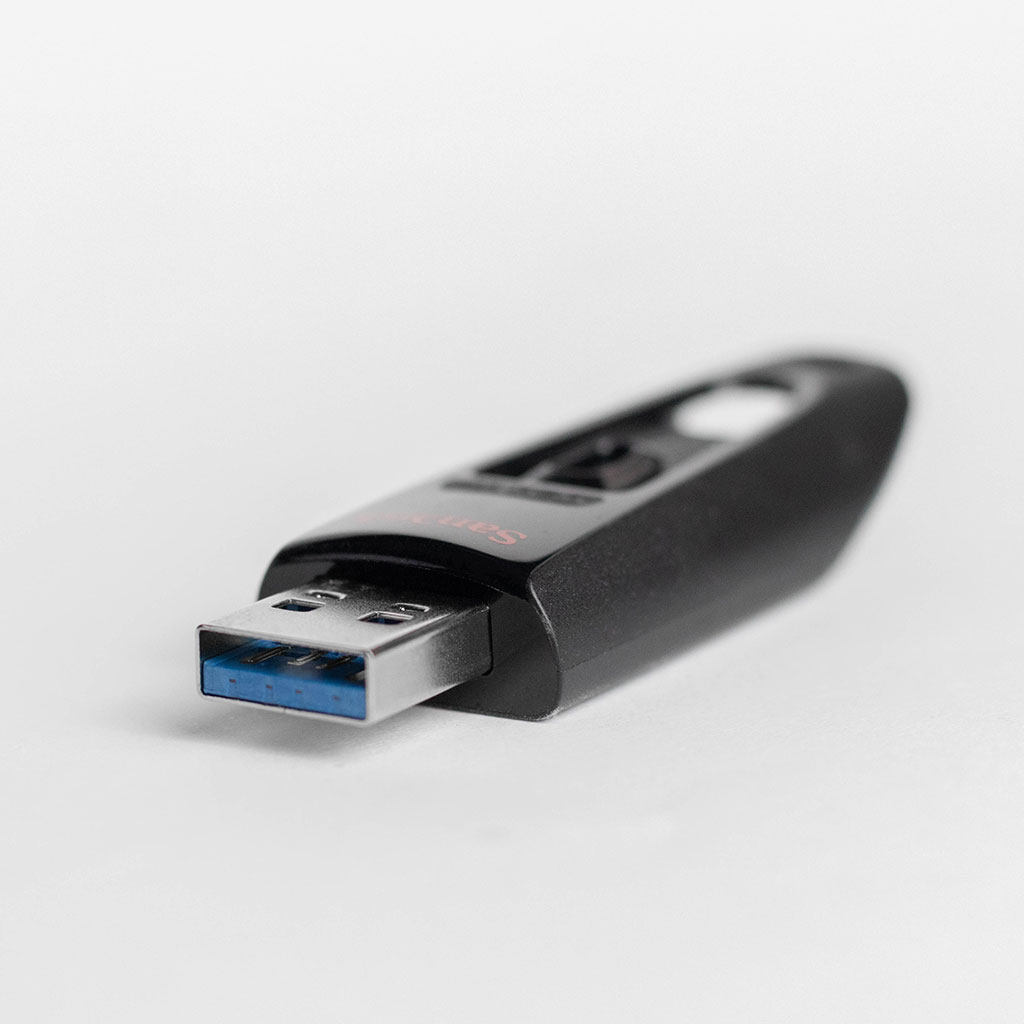Can iPad use USB Drive?
Can iPad use USB Drive?
Exploring the expanding capabilities of iPad devices, the question of USB drive compatibility emerges as a crucial topic for users seeking versatile storage solutions. Discover how iPads interact with USB drives and the various methods available to access and utilize external storage on these mobile devices.
Is it possible to connect a USB drive to an iPad?
iPads support USB connectivity through specific adapters or hubs, allowing users to interact with USB drives and external storage devices. However, the capability to use a USB drive directly with an iPad relies on several factors:
- USB Adapter or Hub: iPads feature a Lightning or USB-C port, depending on the model. To connect a USB drive directly to an iPad, users need a compatible adapter or hub. Apple offers Lightning to USB adapters for older iPad models with Lightning ports, while newer models with USB-C ports might require USB-C to USB adapters or hubs.
- File System Compatibility: iPads typically support FAT32, exFAT, and HFS+ file systems for external drives. Ensure your USB drive is formatted using one of these supported file systems to ensure compatibility with the iPad. It’s crucial to note that the iPad’s operating system might limit certain functionalities or file types based on its file system support.
- Accessing Files: Once connected, iPads may automatically detect and display the contents of the USB drive in the Files app or through third-party file management apps available on the App Store. Users can browse, copy, move, delete, or open files stored on the USB drive using these apps.
- Data Transfer and Use: Users can transfer files between the USB drive and their iPad, enabling tasks such as storing photos, videos, documents, or backup files. Some apps might also allow direct access to files stored on the USB drive, allowing for editing, playback, or usage of specific file types depending on app compatibility and iPad specifications.
- Power Requirements: USB drives generally draw power from the iPad for operation. However, certain USB drives might require more power than the iPad can provide, leading to compatibility issues. In such cases, using a powered USB hub or an external power source may resolve this problem.
- Limitations: Despite the ability to connect USB drives to iPads, there might be limitations in terms of file size, certain file formats, or functionalities. Additionally, iPadOS might restrict direct access to system files or execute certain operations, affecting the full functionality of USB drives compared to a computer.
Always ensure to check for compatibility between your specific iPad model, iPadOS version, and the USB drive you intend to use.
How does the iPad’s operating system handle different file systems when accessing USB drives?
The iPad’s operating system, iPadOS, handles different file systems when accessing USB drives through USB-C connectors or USB-A ports with the use of USB-C accessories or adapters. iPadOS is designed to recognize and interact with various file systems commonly found on USB flash drives and other USB storage devices, including FAT32, exFAT, and HFS+. When a compatible USB-C device, such as a USB flash drive, is connected to the iPad via a USB-C hub or a USB-A connector through the type of adapter suitable for the iPad model, the operating system detects the external storage.
Upon detection, iPadOS allows users to access the contents of the USB storage devices through the Files app or third-party file management applications. It enables file transfer, including video files and other data, between the iPad and the connected USB flash drives or other USB storage devices. However, it’s crucial to note that iPadOS may have limitations based on the file system or partitioning of the USB storage devices. For instance, iPadOS might only support a single partition on USB flash drives for file access and management, limiting access to data if the drive contains multiple partitions or specific file systems that are not supported by the iPad’s operating system. Additionally, compatibility with certain video file formats or large file transfers could also be subject to limitations based on iPadOS and the supported file systems.
Conclusion
In conclusion, the iPad is capable of connecting to USB drives and accessing content stored on them, depending on the device’s compatibility with the iPad’s operating system, iPadOS. Depending on the type of iPad, users can use either a USB-C connector or an adapter to connect a USB drive to their device. When connected properly, files stored in a compatible file system can be accessed and managed through the Files app or other third-party apps. However, it’s important to note that certain file systems and functions may be limited due to compatibility restrictions with iPadOS.





You must be logged in to post a comment.